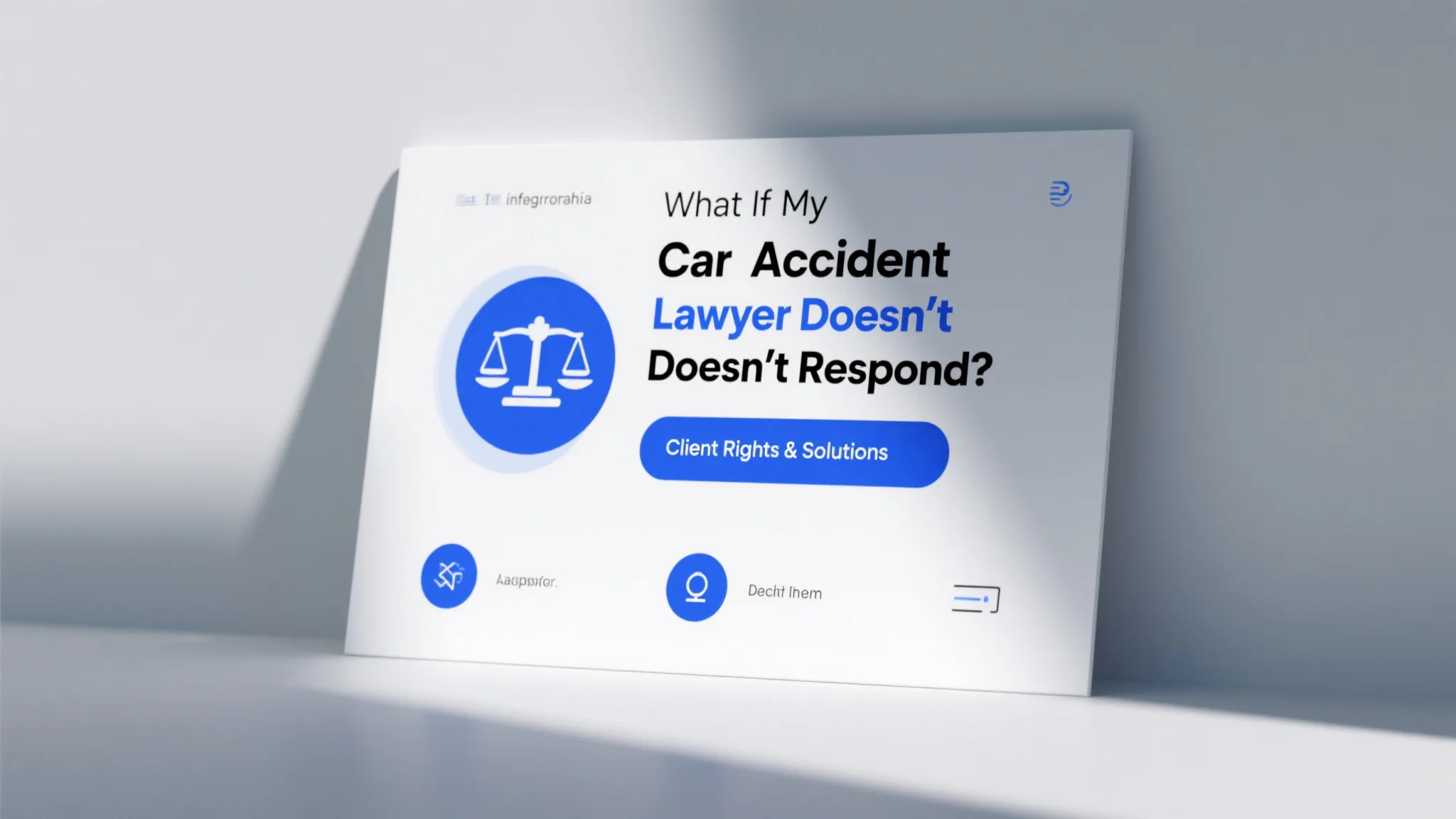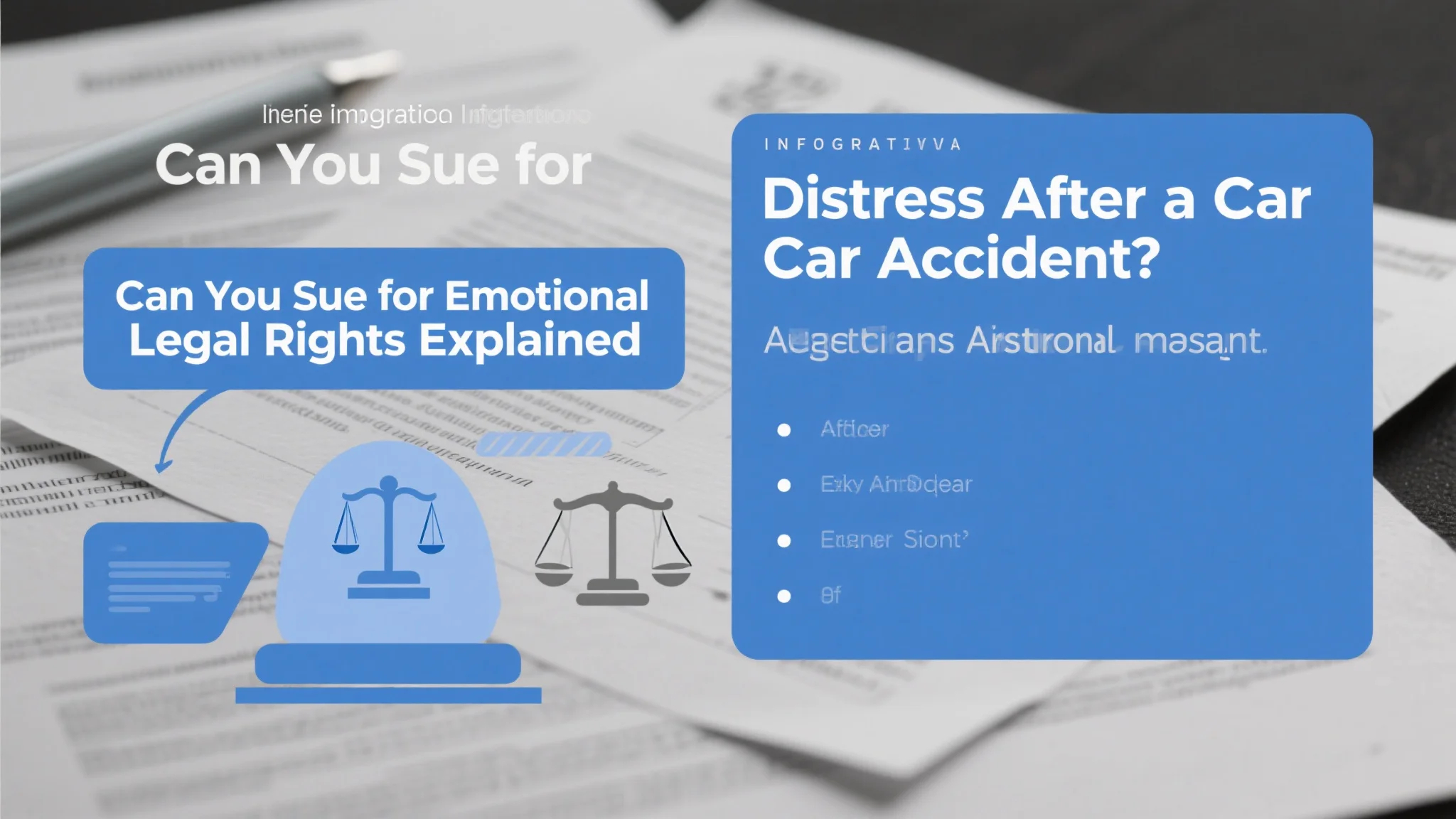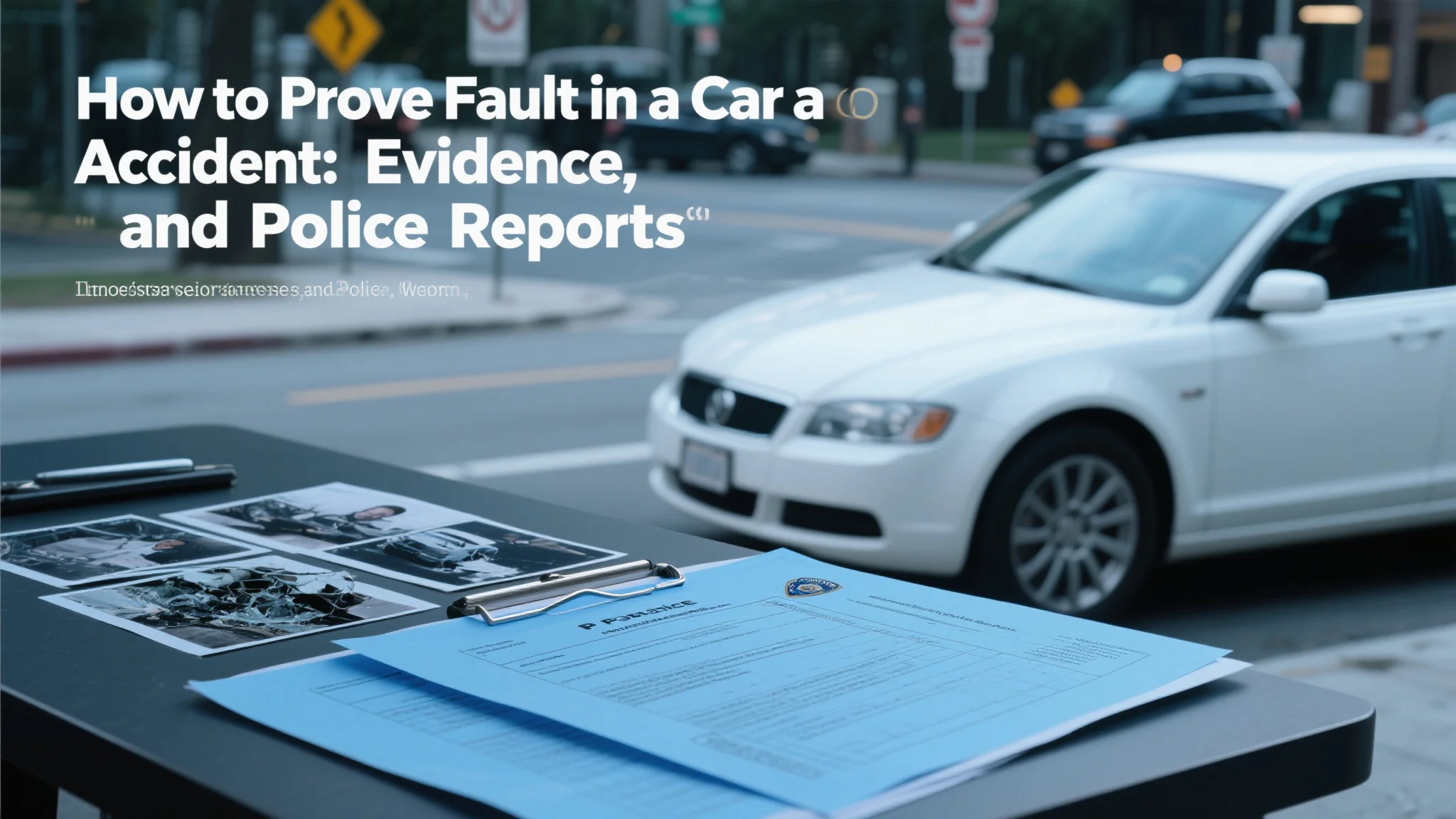Recovering Lost Wages After a Car Accident: Your Comprehensive Guide
When injuries from a car accident force you to miss work, you may be entitled to lost wages compensation as part of your overall claim. This financial recovery serves to replace the income you would have earned had the accident not occurred. The process involves documenting your employment status, calculating precise earnings losses, and proving the connection between your injuries and missed work. Understanding these elements helps ensure you receive full compensation for this often-overlooked aspect of accident damages.
Documentation forms the foundation of any successful wage loss claim. Immediately after an accident, request a letter from your employer detailing your position, pay rate, scheduled hours, and any missed work. Pay stubs from before the accident establish your earnings history, while subsequent stubs showing reduced income demonstrate the financial impact. For salaried employees, this includes bonuses, commissions, and other compensation you would have reasonably expected to earn. Self-employed individuals face additional documentation challenges but can use tax returns, invoices, and business records to substantiate their income loss claim.
Calculating lost wages requires careful consideration of both immediate and long-term impacts. Simple cases involving hourly workers multiply missed hours by their wage rate, but most situations require more complex calculations. Overtime opportunities, seasonal fluctuations, and scheduled raises must factor into projections. For those unable to return to their previous occupation due to lasting injuries, vocational experts may testify about reduced future earning capacity. These calculations often become contentious in negotiations, making thorough documentation and professional testimony essential for maximizing recovery.
Medical evidence bridges the gap between your injuries and missed work. Treating physicians should provide written statements confirming your inability to work during specific periods and explaining how your injuries prevent job performance. For physical jobs, this connection is often obvious, but office workers may need specialists to detail how pain, medication side effects, or cognitive limitations impair productivity. This medical documentation becomes particularly crucial when insurers challenge the necessity of missed work or argue you could have returned to light duty earlier.
Short-term and long-term disability after car accident situations require different approaches to wage loss claims. Temporary disabilities involve calculating exact missed work periods, while permanent disabilities demand complex projections about career trajectory and earning potential. Vocational rehabilitation experts often contribute to these assessments by comparing pre-accident career paths with post-accident capabilities. These evaluations consider education, skills, local job markets, and transferable abilities to determine appropriate compensation for lifetime earnings reductions.
Insurance companies employ various tactics to minimize wage loss payouts. Adjusters frequently request excessive documentation or argue that pre-existing conditions caused work absences. Some challenge self-employed claimants’ income stability or dispute the necessity of missed work for seemingly minor injuries. Anticipating these challenges allows you to gather counterevidence proactively, such as pre-accident medical records showing fitness for work or business records demonstrating consistent earnings. Legal representation often proves invaluable in overcoming these insurer strategies and ensuring fair compensation.

State laws significantly influence wage recovery possibilities. No-fault insurance states typically limit wage loss claims to policy maximums unless injuries meet serious injury thresholds. Traditional tort states allow full recovery from at-fault drivers but require clear liability proof. Some states cap certain damage types or apply comparative negligence rules that reduce recovery based on your fault percentage. Understanding these jurisdictional differences helps set realistic expectations and guides strategic decisions about claim presentation and potential litigation.
Tax implications create another consideration for wage loss settlements. Generally, compensation replacing lost wages counts as taxable income, unlike amounts designated for medical expenses or pain/suffering. Structured settlements can sometimes provide tax advantages by spreading payments over multiple years, potentially keeping claimants in lower tax brackets. Consulting with tax professionals during settlement negotiations helps optimize the after-tax value of your recovery while complying with IRS reporting requirements.
Secondary income streams often qualify for recovery but require additional documentation. Lost tips, freelance opportunities, side businesses, and investment income impacted by your injuries may all contribute to your wage loss claim. Proving these losses demands thorough records showing historical earnings and demonstrating how injuries prevented this work. For example, rideshare drivers might use platform earnings statements, while consultants could present client contracts and payment histories to substantiate these ancillary income losses.
Mitigation responsibilities affect wage loss claims in all jurisdictions. You must make reasonable efforts to minimize losses by returning to work when medically able or accepting appropriate alternative duties. Refusing light-duty assignments or not following prescribed treatment plans gives insurers grounds to deny portions of your claim. Documentation should show your compliance with medical advice and good-faith attempts to resume work when possible, even if in limited capacity.
Future earning capacity claims involve particularly complex projections. Younger workers in physically demanding careers often suffer the most significant long-term impacts when injuries prevent returning to their trade. Economists calculate these losses using mortality tables, industry growth projections, and present value calculations to determine appropriate compensation amounts. These expert analyses carry substantial weight in negotiations and trials but require thorough supporting evidence about your career trajectory and the permanence of your limitations.
Workers’ compensation interactions complicate some wage loss claims. If your accident occurred during work-related travel, you might receive workers’ comp benefits that the auto insurer then offsets. These coordination-of-benefits situations vary by state but generally prevent double recovery for the same lost wages. Understanding these interactions helps avoid overpayment demands and ensures you maximize total recovery across all available sources without violating reimbursement obligations.
Unemployment benefits create another consideration during prolonged recoveries. While you typically can’t collect unemployment for being unable to work, those well enough for some employment might qualify if their injuries prevent finding suitable work. These benefits may offset some wage loss claims, depending on state laws and insurance policy terms. Clear communication with all involved parties helps navigate these complexities while maintaining compliance with program requirements.
Technological advancements have transformed wage loss documentation in recent years. Digital time-tracking systems, electronic pay records, and telemedicine evaluations provide timestamped evidence supporting claims. Cloud-based business platforms help self-employed individuals demonstrate income stability, while wearable devices can objectively measure functional limitations. These tools strengthen claims by providing insurers with verifiable data rather than subjective accounts, though privacy considerations sometimes limit their use.
Appealing denied wage loss claims follows specific procedures outlined in insurance policies and state regulations. Most insurers provide detailed explanations for denials, allowing targeted responses with additional evidence. Independent medical examinations might rebut insurer-hired doctor opinions, while vocational assessments can counter claims about work capacity. Understanding appeal deadlines and documentation requirements preserves your rights when initial claims face unreasonable resistance from insurance carriers.
Proactive measures protect your wage loss claim from the accident’s earliest moments. Immediately reporting injuries to employers, meticulously tracking missed work, and maintaining all pay-related documents creates a strong foundation. Regular communication with healthcare providers about work limitations ensures medical records support your claim. These steps, combined with understanding your rights and potential challenges, position you for maximum recovery of this critical accident-related loss.






